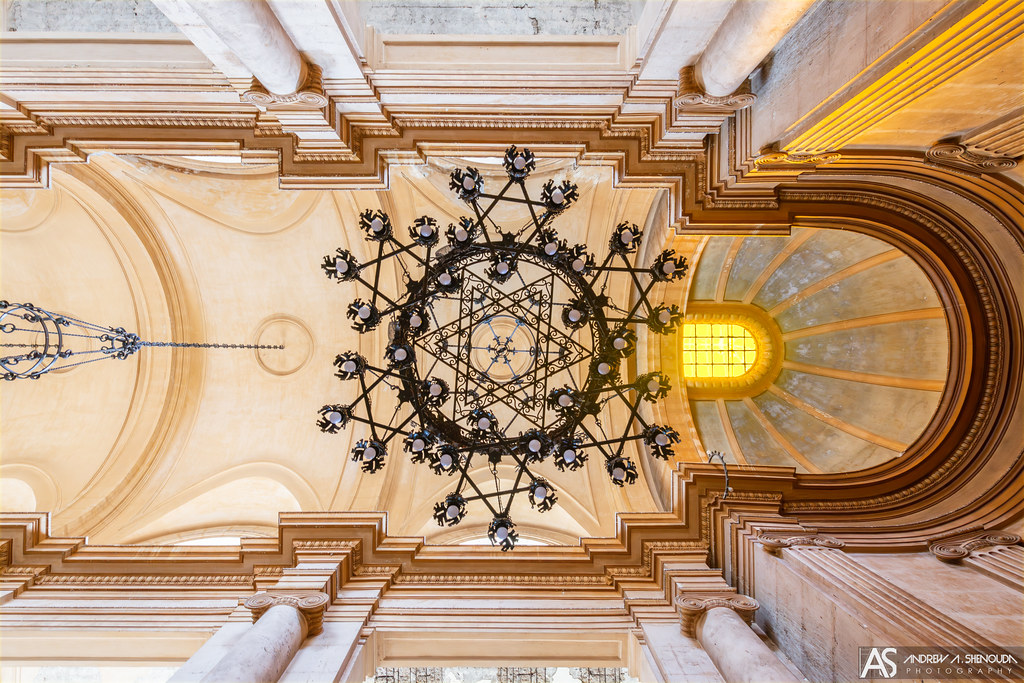#jewish architecture
Video
Looking Up Ceiling by Andrew A. Shenouda
Via Flickr:
Vitali Madjar Synagogue in Cairo, Egypt - 1936.
Website | Facebook | Twitter | 500px | Instagram | Behance | Deviantart
#Heliopolis#Cairo#Egypt#ARCHITECTURE#Jewish Architecture#Jewish#Heliopolis Architecture#Heliopolis Heritage#Architektur#Architectural Photography#Andrew A. Shenouda#architektur fotografie#architektura#Vitali Madjar Synagogue#Synagogue#flickr
9 notes
·
View notes
Text
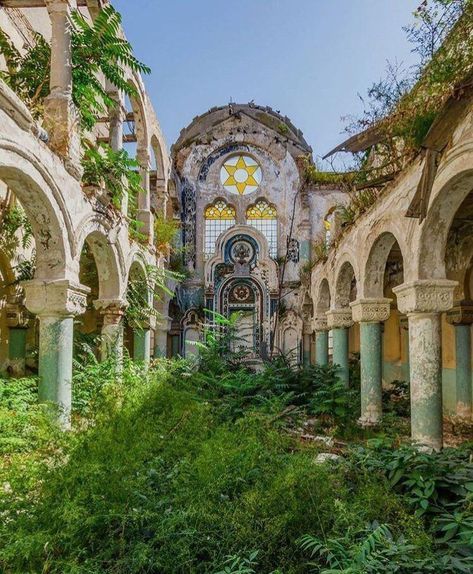
from: https://www.reddit.com/r/AbandonedPorn/comments/9qc0rg/the_great_synagogue_of_constan%C8%9Ba_is_a_disused/?utm_source=ifttt
25 notes
·
View notes
Text


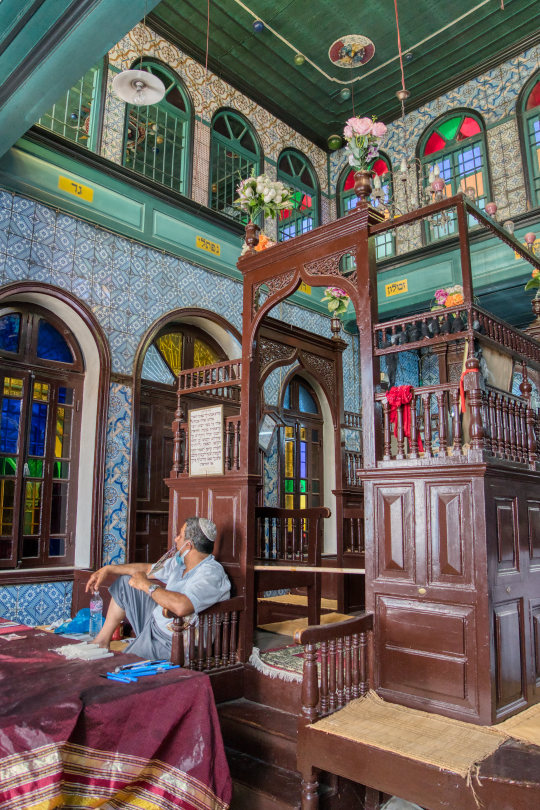
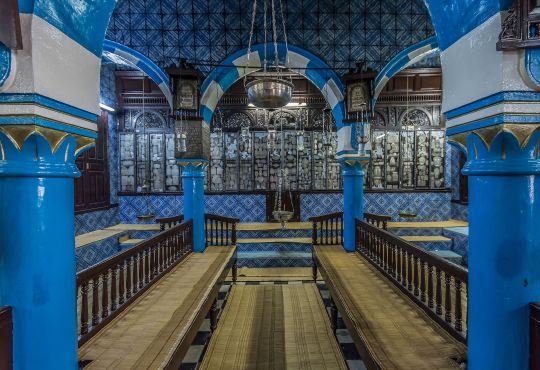
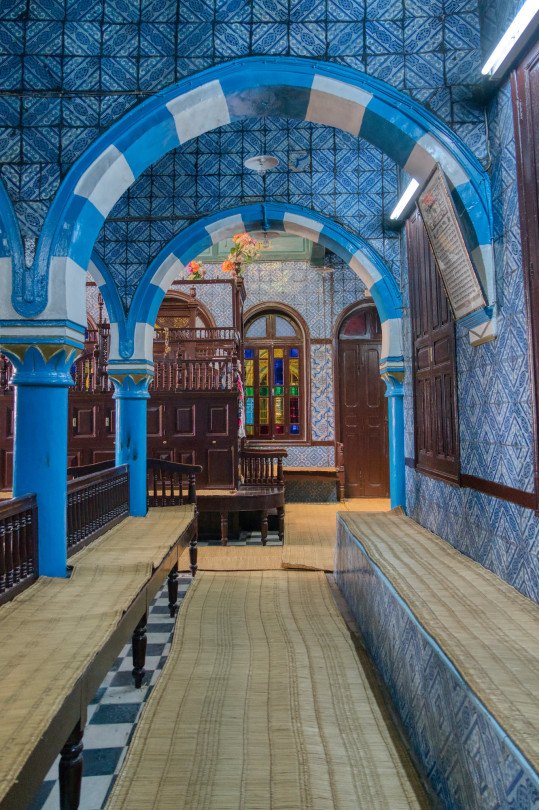
el ghirba synagogue in djerba, tunisia. when exactly it was founded is unknown, but it may date to the 6th century bce, making it the oldest functioning synagogue in africa (and possibly in the world). it's associated with toshavi jews, the maghrebi jewish community which predated the arrival of and was eventually absorbed by expelled sephardic jews.
#tunisia#architecture#interior#worship#jewish#sephardic#my posts#yes this is the synagogue there was a shooting in a few months ago#please dont yell at me for not mentioning it in the post
396 notes
·
View notes
Text

The world’s first printed book in Hebrew was Rashi’s commentary on the Bible, printed by Abraham ben Gart in Reggio di Calabria, Italy, in 1475.
Unfortunately, very little is known about the personal life of Abraham ben Garton. Most scholars believe he was born in Spain, and emigrated to Southern Italy's Calabria prior to the expulsion of the Jews from Spain in 1492. Many other Spanish Sephardim also emigrated to Calabria following the expulsion.

The 1475 edition Abraham Garton created and employed, for the first time, a typeface based on a Sephardic semicursive hand. It was this same style of typeface that a few years later, when commentary and text were incorporated onto one page, would be used to distinguish Rabbinic commentary from the text proper. Ultimately, this typeface would be known as Rashi script.
View of the Interior of one of the chapels in the Cathedral of Reggio di Calabria—ancient Rhegium. This chapel focuses on the "giving of the law" to Moses. Note the prominent menorah.
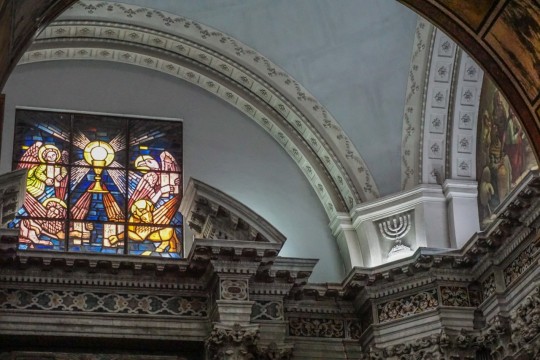
Follow us on Instagram, @calabria_mediterranea
#reggio calabria#calabria#italy#italia#italian#south italy#southern italy#mediterranean#europe#book#books#hebrew#jews#jew#judaism#jews and judaism#history#talmud#hebrew bible#jewish history#menorah#religion#church#cathedral#architecture#religious#jewish culture
83 notes
·
View notes
Text

Detail of a pillar in the Synagogue in Szeged, Hungary, 1982
134 notes
·
View notes
Text
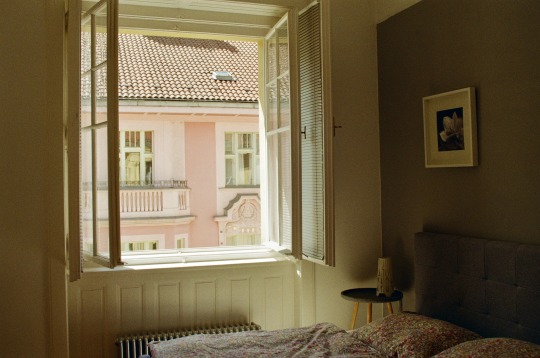

art nouveau details
Prague, Czechia
#czechia#35mm#analogue#film photography#photographers on tumblr#original photography#Prague#jewish quarter#art nouveau#czech republic#art nouveau architecture#pink house#travel diary
120 notes
·
View notes
Text

The Great Synagogue of Constanța Romania - a former Ashkenazi synagogue ”for the Jews called Polish" located at 2 C. A. Rosetti St, corner with Petru Rareş St.
The synagogue was built between 1910 and 1914 in a Moorish Revival architectural style on the site of an earlier synagogue, erected in 1867/1872, in the place of an older synagogue, built after a firman of Sultan Abdul Azis.
Used up until 1996, it was sadly abandoned (how could this happen??), is overrun with large ferns, and falling into disrepair. Only 3 of the 4 walls remain standing, the roof is gone, the windows have been mostly smashed, and it is now in danger of collapsing.
#synagogue#temple#jewish#judaism#romania#secular-jew#israel#israeli#jerusalem#diaspora#secular jew#secularjew#islam#european Jewry#where are your Jews?#architecture#color photography#buildings in Romania#exterior#exteriors#religious#religious deconstruction#religious aesthetic#Jewish history#history
29 notes
·
View notes
Text
The Israeli-Palestinian Conflict: A Complex History

The Israeli-Palestinian conflict is one of the longest-running and most complex conflicts in the world. It is rooted in a long history of political, religious, and territorial disputes between the two sides.The conflict began in the late 19th century, when the Zionist movement began to advocate for the establishment of a Jewish homeland in Palestine. Palestine was then part of the Ottoman Empire, and it was home to a majority Arab population, including a small Palestinian Jewish minority.
After World War I, the Ottoman Empire collapsed and Palestine was placed under British rule. During this period, the number of Jewish immigrants to Palestine increased significantly. This led to tensions between the Jewish and Arab communities, which resulted in a number of violent clashes.
In 1947, the United Nations voted to partition Palestine into two states, one Jewish and one Arab. The Jewish community accepted the plan, but the Arab community rejected it. This led to the 1948 Arab-Israeli War, in which Israel was established as an independent state.
The war resulted in the displacement of hundreds of thousands of Palestinians, who became refugees. The Palestinian refugee issue has been one of the most intractable issues in the conflict ever since.
There have been numerous wars and clashes between Israel and the Palestinians since 1948. The most recent major conflict was the 2014 Gaza War, which killed over 2,000 Palestinians and 70 Israelis.
The current conflict is the latest in a long series of conflicts between Israel and the Palestinians. It is a complex and difficult issue, with no easy solutions.
Formation of Israel:
The formation of Israel is a complex and controversial topic, with a long and difficult history.
The modern Zionist movement, which advocated for the establishment of a Jewish homeland in Palestine, emerged in the late 19th century. This movement was motivated by a number of factors, including the persecution of Jews in Europe and the desire to create a safe haven for Jews.
In 1917, the British government issued the Balfour Declaration, which expressed support for the establishment of a Jewish national home in Palestine. After World War I, the British were granted a mandate over Palestine by the League of Nations.
During the British Mandate, the Jewish population of Palestine grew significantly. This led to tensions with the Arab population, which feared that the Jews would eventually establish a Jewish state at their expense.
In 1947, the United Nations voted to partition Palestine into two states, one Jewish and one Arab. The Jewish community accepted the partition plan, but the Arab community rejected it.
On May 14, 1948, the Jewish Agency for Palestine declared the establishment of the State of Israel. This was followed by the 1948 Arab-Israeli War, which resulted in the defeat of the Arab armies and the displacement of hundreds of thousands of Palestinians.
The formation of Israel was a watershed moment in the history of the Jewish people and the Middle East. However, it also came at a great cost to the Palestinians, who lost much of their land and homeland.
Read More .....
#history#jewish#israel#palestine#war#architecture#books & libraries#beauty#story#mystery#ukraine war
23 notes
·
View notes
Text
Archaeologists have unveiled a massive section of Jerusalem's past – a 300 meter Second Temple Period aqueduct. This incredible find sheds light on ancient innovation, with an expert commenting, “The Jerusalem aqueducts tell the story of the city.”
24 notes
·
View notes
Text

x
11 notes
·
View notes
Photo

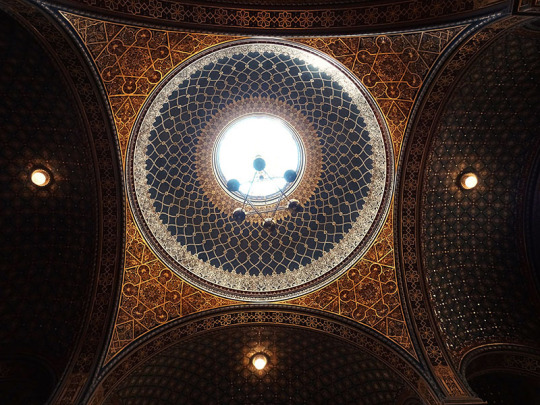

Spanish Synagogue, Prague, Czechia. July 2022.
© erotic-fvneral (please, do not remove the credits!)
#Czechia#Prague#Praha#Czech Republic#Synagogue#Španělská synagoga#architecture#travels#my photos#photographers on tumblr#jewish town#photos 2022#moorish revival style#gothic academia#dark academia#light academia
176 notes
·
View notes
Text
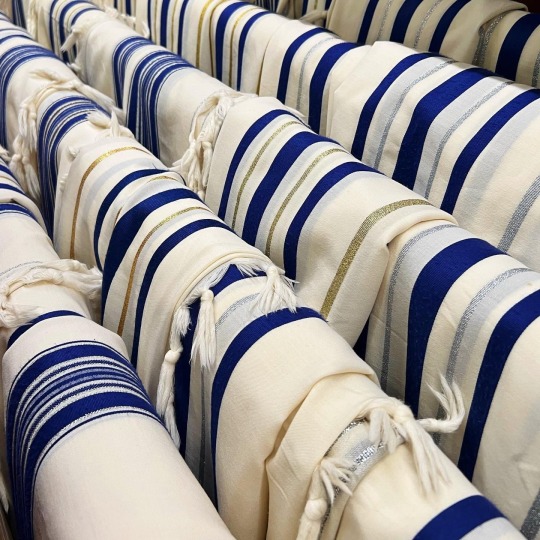
#tallit#vieformidable#design#architecture#interior design#art#photography#fashion#foodporn#interiordesign#israel#prayer shel#Judaism#Jewish#jewish life#Hebrew#hebrews#religious#tradition
14 notes
·
View notes
Text
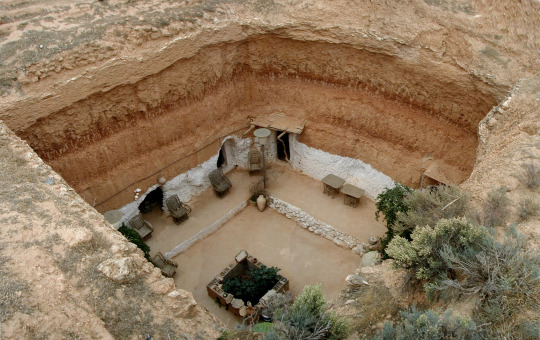
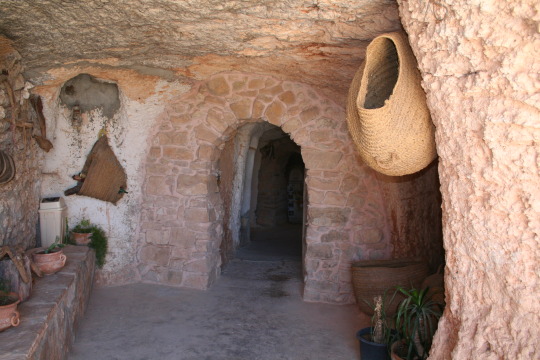

some images from the cave homes of gharyan, libya. communities of jews who made their homes in underground caves have been known in the maghreb since before the 1st century. when spain invaded tripoli in 1510, tripolian jews, both toshavim and sephardic, fled to gharyan and dug out cave homes for themselves. the houses today are occupied by non-jewish libyans or rented out to tourists.
#libya#architecture#jewish#sephardic#amazigh#my posts#a bunch of tripolian jews were captured by the spanish and sold into slavery in sicily so i don't blame them for running away!#interestingly there's also non-jewish traditions of living inside caves throughout mena (i imagine bc of the heat and for protection)#this one just happened to have been built by jewish people#this is where the religion tags get murky#not everything in them is necessarily religious#(such as all the mausoleums i post)
320 notes
·
View notes
Text

6 notes
·
View notes
Text


Interior of the synagogue in Szeged, Hungary, 1982
237 notes
·
View notes
Text

Budapest Hungary
District VII, Kazinczy utca Synagogue
September 2023
» https://linktr.ee/jdpix
11 notes
·
View notes
